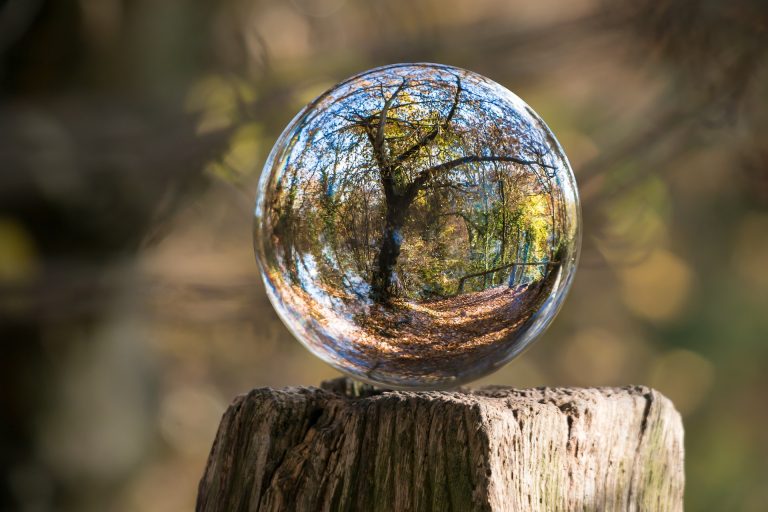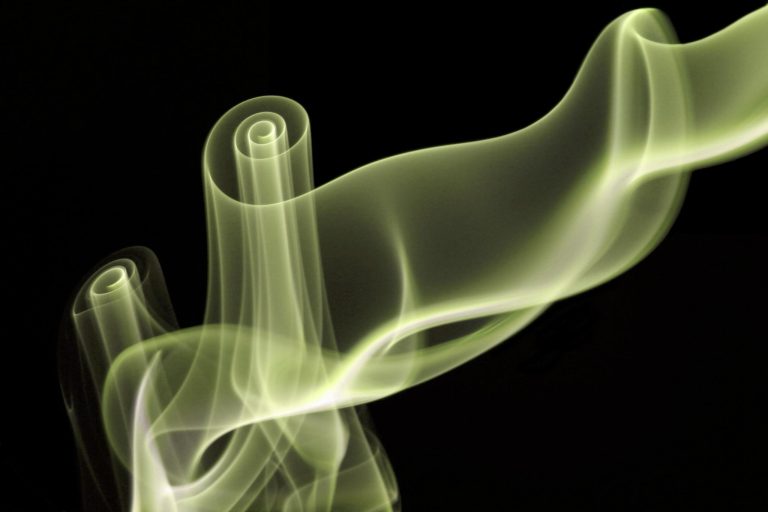From the microscopic building blocks of life, to the countless cosmic bodies that resemble our own planet; we seem to be both immersed in and surrounded by spheres. Nature has provided so many examples of these beguiling balls, it’s no wonder we find them enchanting, but what is it that makes them so mystical?
Geometrically defined as a “solid figure with all points equidistant from the center,” spheres — and near-spheres — seem to approach a state of perfection. As a symbol of harmony, unity, and infinity, spheres are often connected with spirituality, and man-made spheres have been used for everything from divination and healing to sport. Our fascination with this shape likely originated with cosmic and natural spheres.
Cosmic spheres
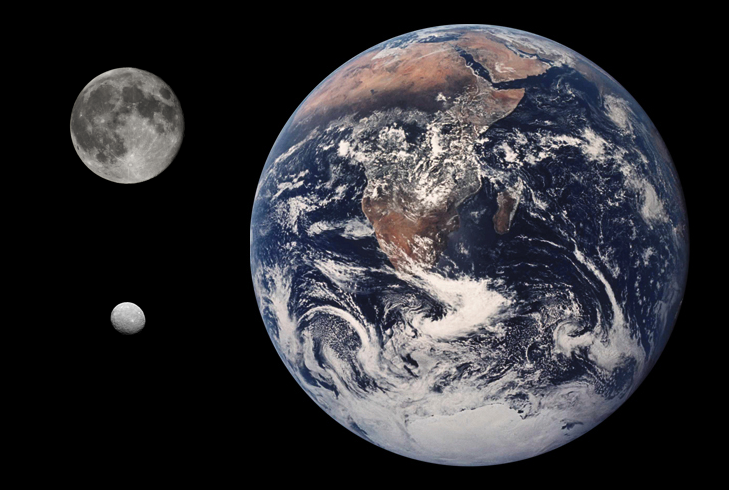
Starting with the very smallest particles we are able to observe, we have atoms — spherical clouds of electrons orbiting their nuclei of protons and neutrons. When we look out into space, we see many galaxies with a very similar spherical structure. Then look again from another perspective: Imagine galaxies as tiny particles of a much larger whole, or the countless worlds that might exist within a single atom… You can almost feel your brain expanding, right?
Although these models are not solid spheres — but rather spherical fields of orbital patterns — our planet Earth and its lovely moon are spheres in the midst of all that. Have you ever wondered why planets are round rather than, say, pyramidal or cubical? And what causes the generation of spheres in nature? Let’s see what science has to offer.
Spheres and science

The formation of many spheres is attributed to an attractive force that we know as gravity. Orbital patterns, for instance, are a balancing act between an object in motion and its attraction to another, larger mass. The combined path of many orbits around any given mass will naturally appear spherical.
Success
You are now signed up for our newsletter
Success
Check your email to complete sign up
All massive celestial bodies have this attractive force that not only keeps their atmosphere, satellites, and possible inhabitants within their realm; it also holds them together in the most efficient shape, forming, for all intents and purposes, a sphere.
While there are many irregularities, the general tendency of a planet’s shifts in shape is toward — rather than against — the sphere. For example, mountains erode, water fills voids, and lava flows along the surface to lower points, all conforming to the laws of gravity.
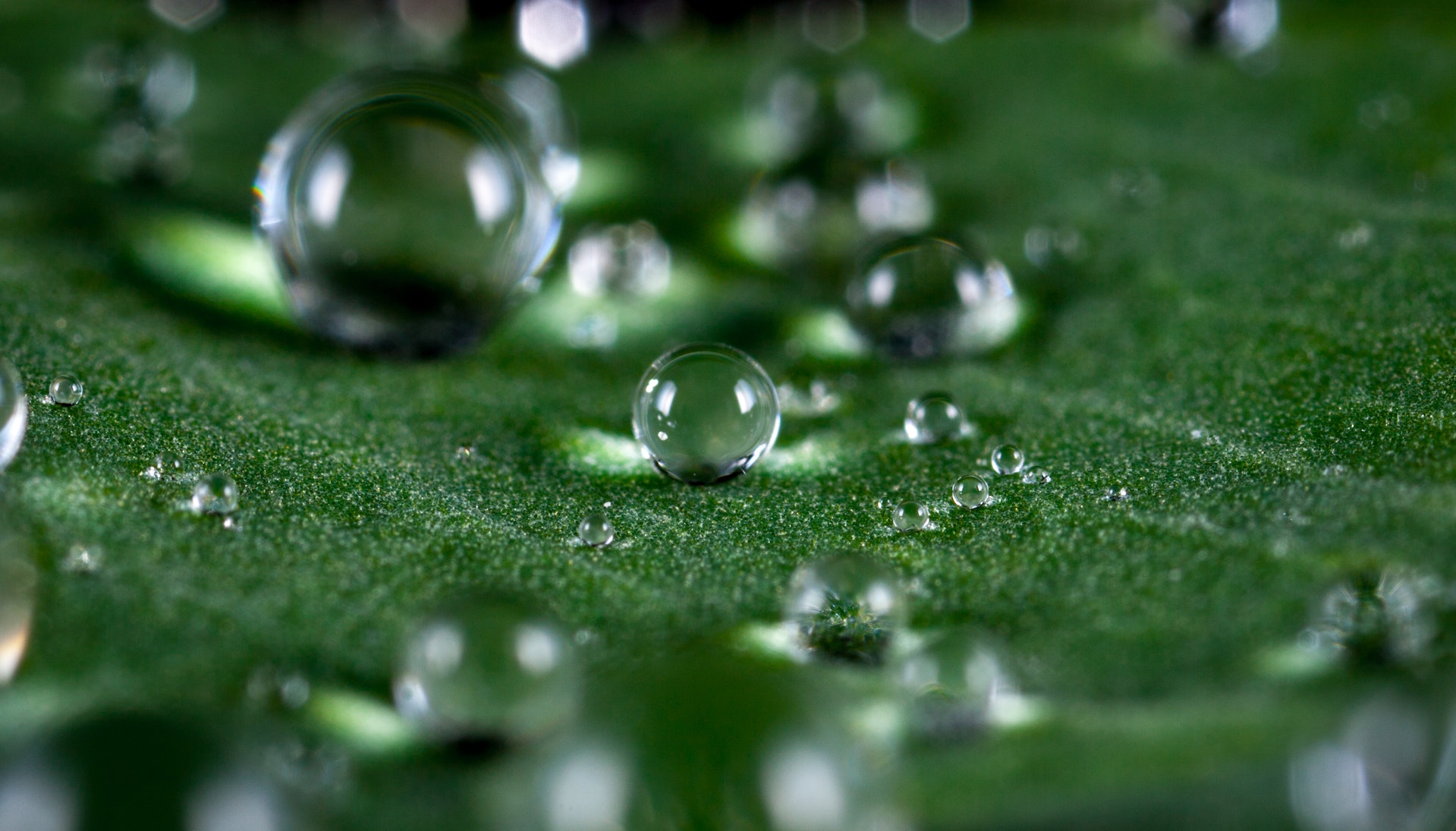
Some spheres, however, spite gravity and form under their own attractive forces. Liquid droplets, for example, are pulled into spherical shapes via surface tension, whereby all the molecules work together to form the smallest possible surface area.
Surface tension in soap bubbles, likewise, pulls a liquid film together into a tight spherical shape balanced between the opposing forces of air molecules inside and outside the bubble.
READ ALSO:
Spheres in nature
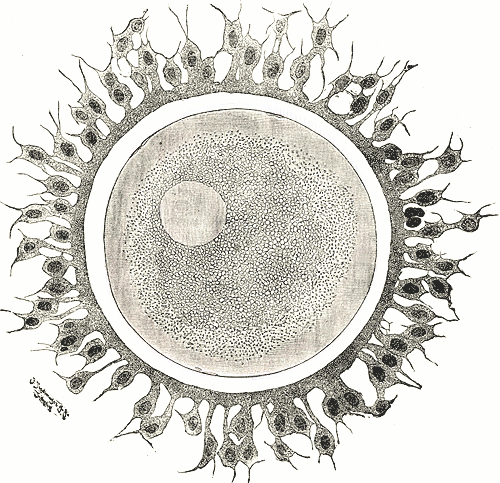
Yet spheres are not limited to the mineral realm alone; they abound among flora and fauna as well. Many seeds — like peas, mustard, poppy and coriander — are spherical germs of life; while the flowers of onions, mimosa and dandelions manifest as puffy spheres. Trees like buckeye, chestnut and sweetgum protect their fruits and nuts in spiny, spherical pods.
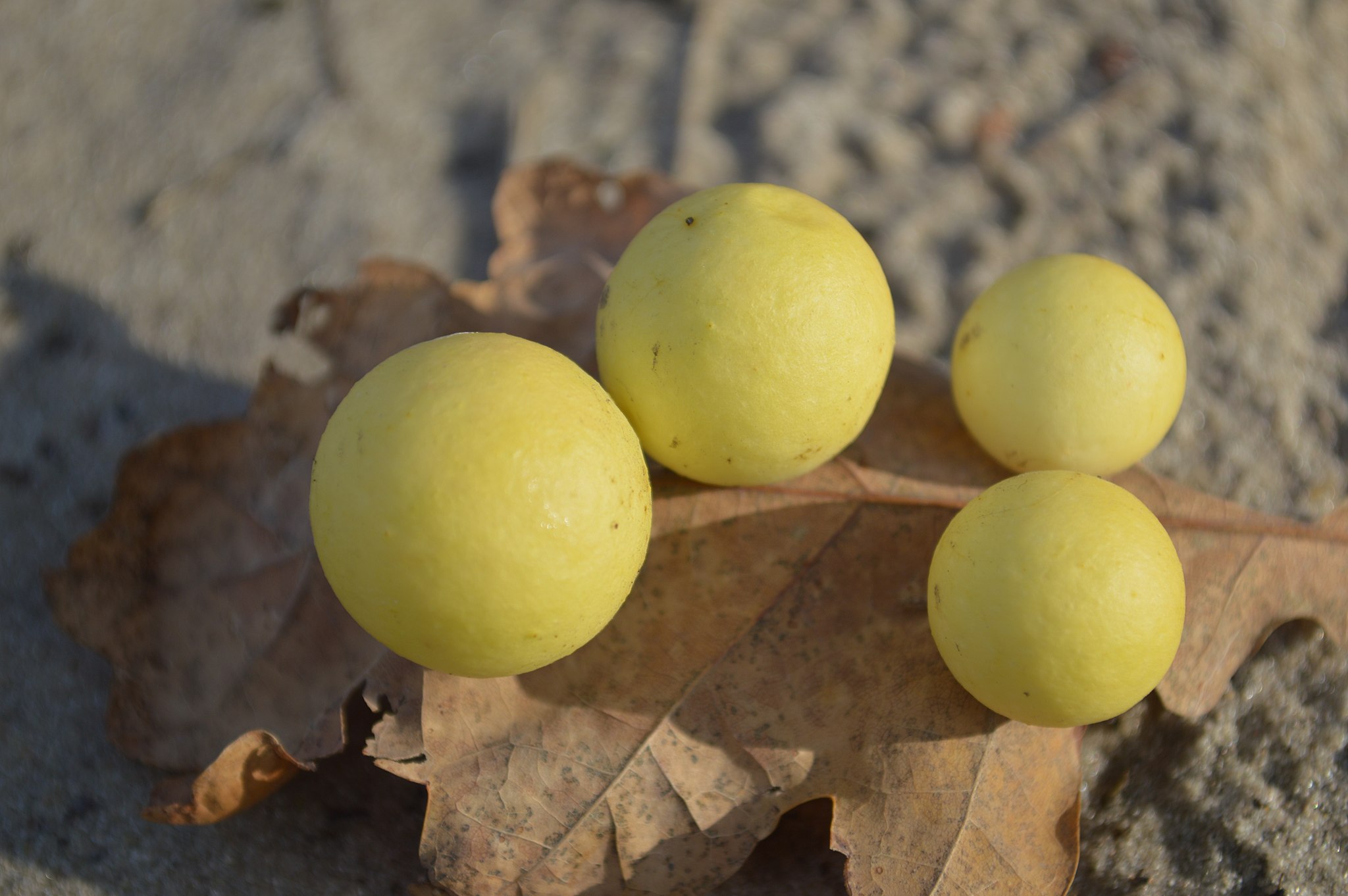
Fruits and fungi also form spheres, some more perfect than others — including oranges, concord grapes, melons, lychee and puffballs.
In the animal kingdom, perhaps the most fundamental sphere is the egg. Although most bird eggs are ovoid, some owls’ eggs are perfect spheres, similar to those of turtles. Most fish eggs and amphibians’ eggs are gelatinous spheres, and several species of insects deposit clusters of tiny spherical eggs on the underside of leaves — check this out in the summer!
Of course, with such bountiful inspiration, man has created no small amount of spheres himself, some of which are more intriguing than others.

Mysterious stone spheres of Costa Rica
In the early 1900s, workers clearing land for a banana plantation in Costa Rica uncovered the first of what turned out to be a large collection of Pre-Columbian petrospheres. Locally known as Las Bolas, these smooth, spherical boulders vary in size and material, with the largest weighing about 16 tons. They are believed to be man-made, with most being crafted from a dense igneous rock called granodiorite.
Dated at around 800-300 B.C., the purpose of these imposing figures is unclear. While the Diquis Delta archeological site, called Palma Sur, includes both settlements and a cemetery, the spheres were found in several different areas of the site.
Many were originally discovered placed in geometric patterns, and in alignment with magnetic fields, suggesting they had some astrological or geo-magnetic significance. Some were clearly used in burial sites, although this may have been a later re-purposing of the ready-made monuments from a previous civilization. How they were made is yet another mystery.
Although it is generally accepted that the spheres must have been shaped through controlled fracture, grinding and pecking techniques of the Pre-Columbian indigenous laborers, some believe that the stones originated from the lost civilization of Atlantis. Others claim that the manufacturers had a potion to soften the rocks.
Similar spheres were discovered in Jalisco, Mexico, which — although legend says they were the marbles (canicas) of giants who inhabited the area in the distant past — have been deemed a product of nature. The theories behind their supposed natural formation range from the underground crystallization of volcanic tuff, to objects undergoing a snowball effect in a lava flow — neither of which measures up when one examines the interior of the rocks.
While this layered mystery is limited to a select set of spheres, spheres in general have an air of mystery regarding phenomena beyond our normal perception.
Spheres and the supernormal

Spiritually, spheres of light may be used to represent an aura — or energy field — around the head or body of an enlightened being. Although religious art generally depicts them as a circular halo, different cultures present them in different orientations, suggesting that they may be a three-dimensional field rather than a plane. For a more profound understanding of these luminous orbs, read Zhuan Falun by Mr. Li Hongzhi, founder of Falun Dafa.
While many assume that halos are simply artistic creations, science has confirmed that we all have an electromagnetic field, with some being stronger than others. Auras are said to be composed of seven layers, or chakras, each connected with a different aspect of our consciousness.
Most people can sense auras as “vibes,” and some extra-sensitive people claim to be able to see them. Since the invention of aura photography in the 1970s, ordinary people have been able to capture images of their own energy field.
Another supernormal phenomenon related to spheres is their use in divination.

The crystal ball, famous for fortune telling, was first introduced around 2,000 BC. While reflective surfaces were believed by many ancient cultures to bring forth inner wisdom when gazed upon, it was the Druids who initiated the use of the mineral beryl, polished into smooth spheres, for divination — or scrying.
Gazing at the ball while emptying the mind, a scryer would go into a trance-like state, where they would become receptive to visions from the unconscious realm. Although the Druids and their culture were essentially wiped out by the Romans, the crystal ball survived via a general interest in Celtic magic.
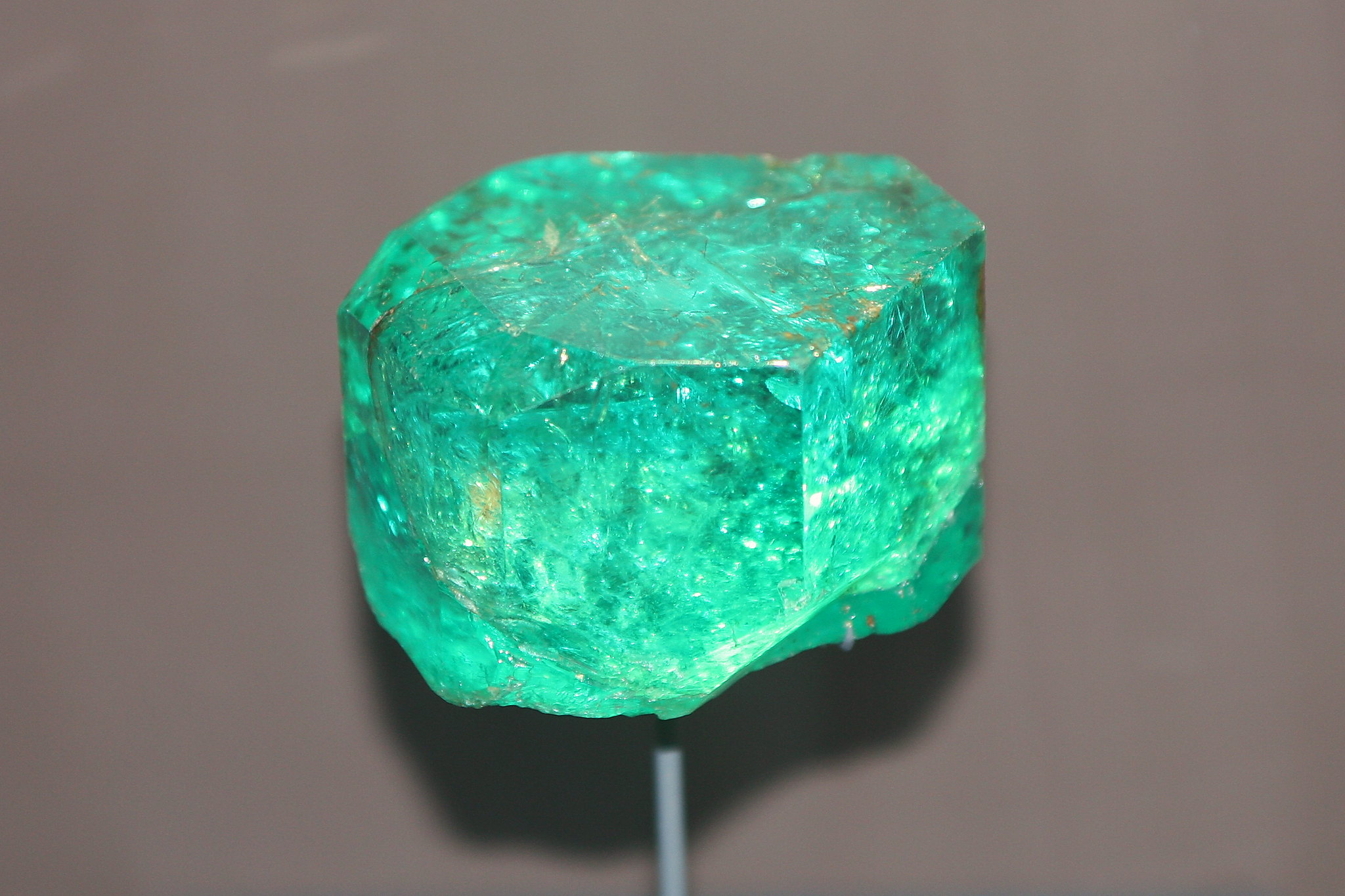
During the Middle Ages, crystal balls remained popular for their protective magic, and were routinely seen as decorative talismans. It is said that Merlin, the legendary magical advisor to King Arthur, referred to a sea-green beryl sphere for his readings.
Crystal balls continued to be used during the Elizabethan Era and into the 20th century, when one high-profile psychic, Jeane Dixon, made a number of accurate predictions regarding American politics with the help of such a sphere.
Crystal balls are still in use among psychics and fortune tellers today, while gazing balls — their larger cousins — are a common garden decoration, offering beauty, mysticism, and the ability to quietly observe your guests via their reflections. Smaller crystal spheres are considered powerful healing tools for alternative medicine.
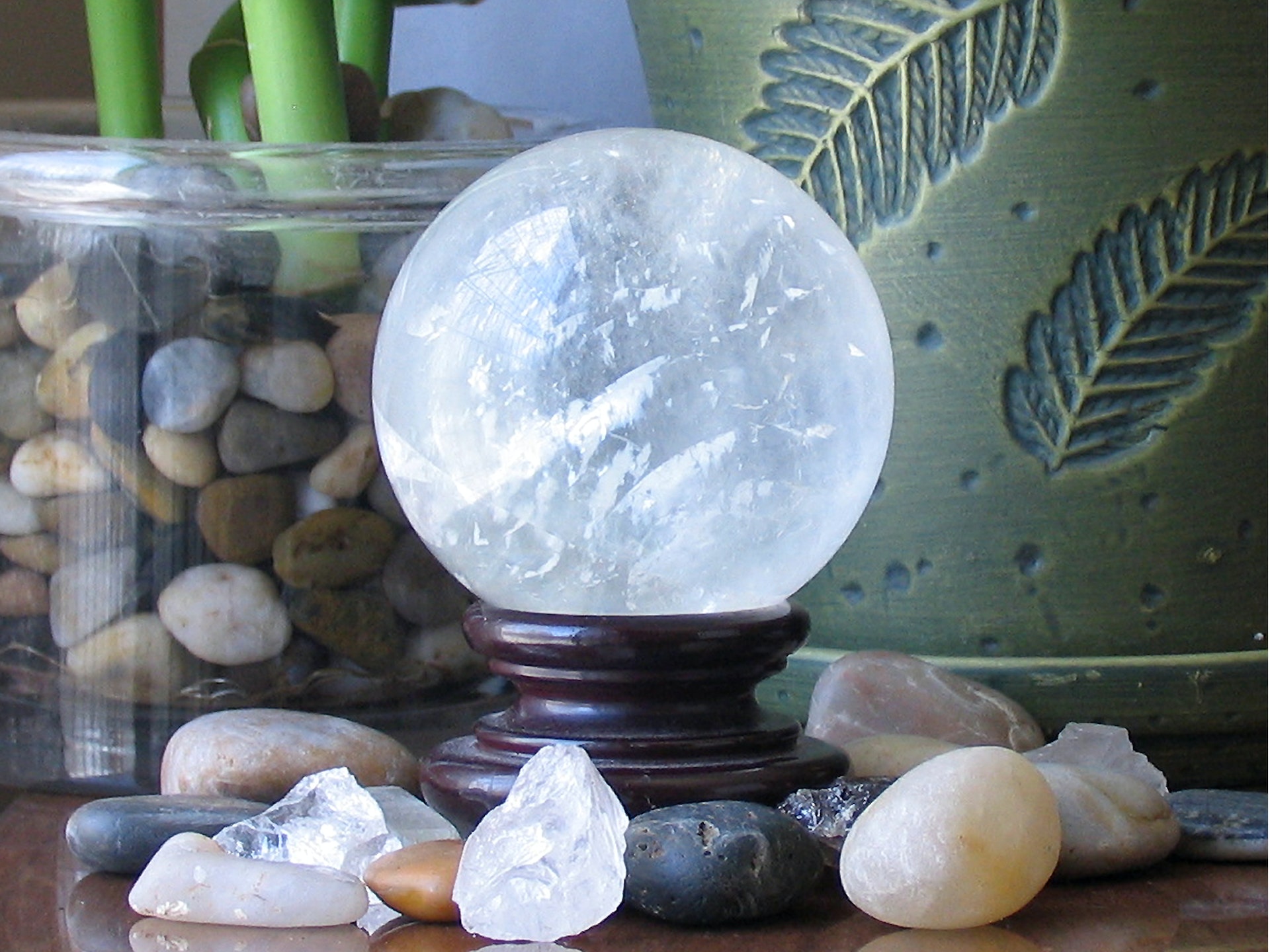
Crystal sphere healing
Every gemstone is believed to possess its own unique energy, or vibration, which can be amplified when the stone is shaped into a sphere. An expression of balance, integrity and unity, the perfect sphere radiates energy in all directions, and can help clear negative energy to improve one’s mental and physical state.
With millions of years of geological history locked into a simple and calming form, the crystal sphere recalls us to humility, putting things into perspective and reducing stress. Some use crystal stress balls as massage tools, rolling the spheres over tense and ailing areas of the body to cleanse, relax, and restore positive energy.
READ ALSO:
Others hold a crystal sphere to enhance their meditation. Similar to scrying, the held sphere is believed to help one enter into tranquility, with the emitted positive energy clearing the mind of distracting emotions. Through resonance, spheres amplify your body’s vibrational frequency and increase your energy.
Not the meditating type? Spheres can also boost one’s energy through physical activity.
Spheres are fun

Magic and mystery aside, spheres have, throughout the ages, been a boundless source of amusement. From marbles to bowling balls, spheres play the leading role in countless games and sports.
Whether it is their ability to bounce and roll, or the ease with which they can be handled and thrown, spheres are the perfect object for batting, bowling, chasing, catching, dribbling, volleying and more.
For tiny tots, promising athletes, middle-aged men and even pets, the ball is a universal symbol of play. Can you count how many spheres have touched your life today?



